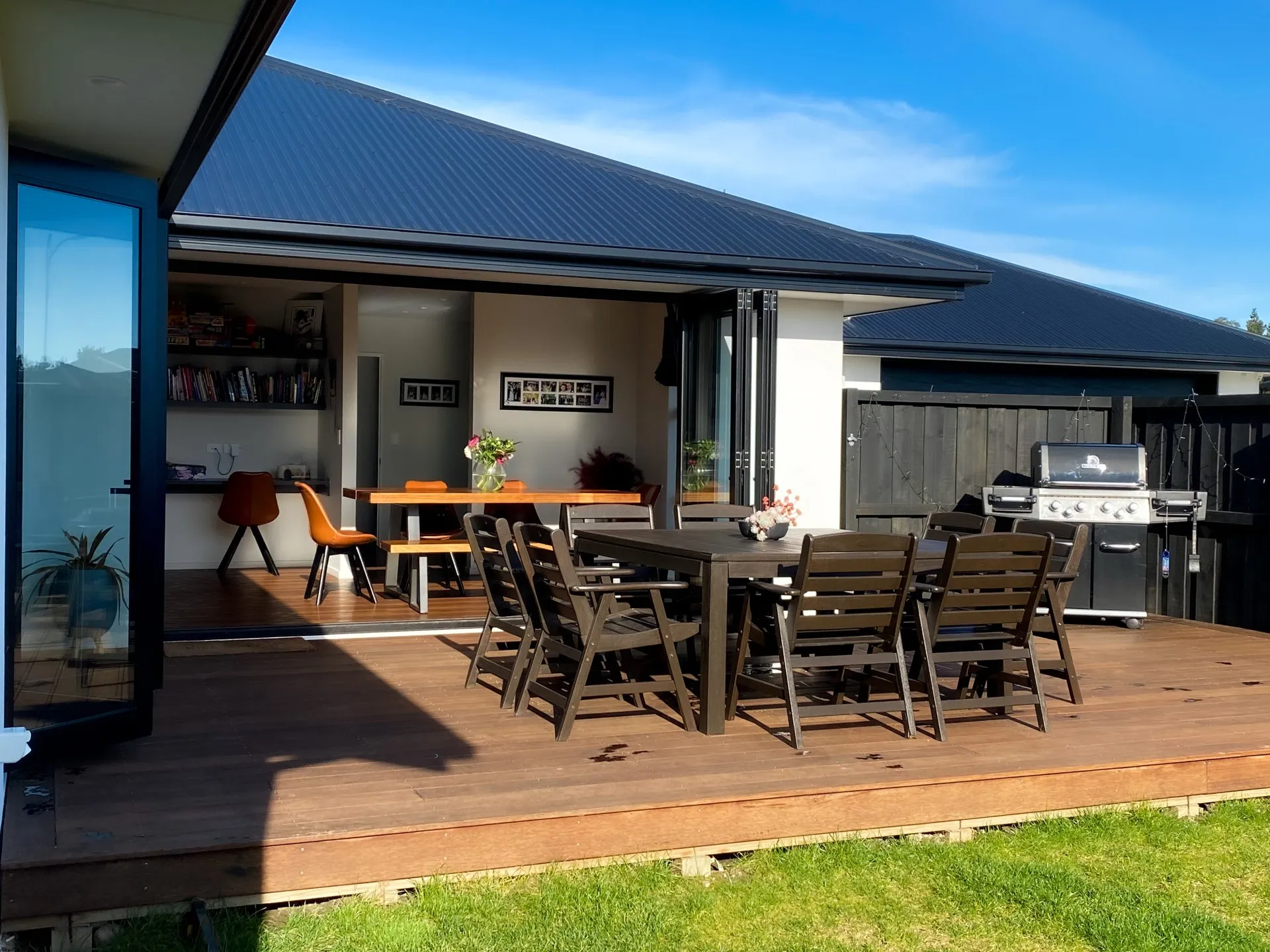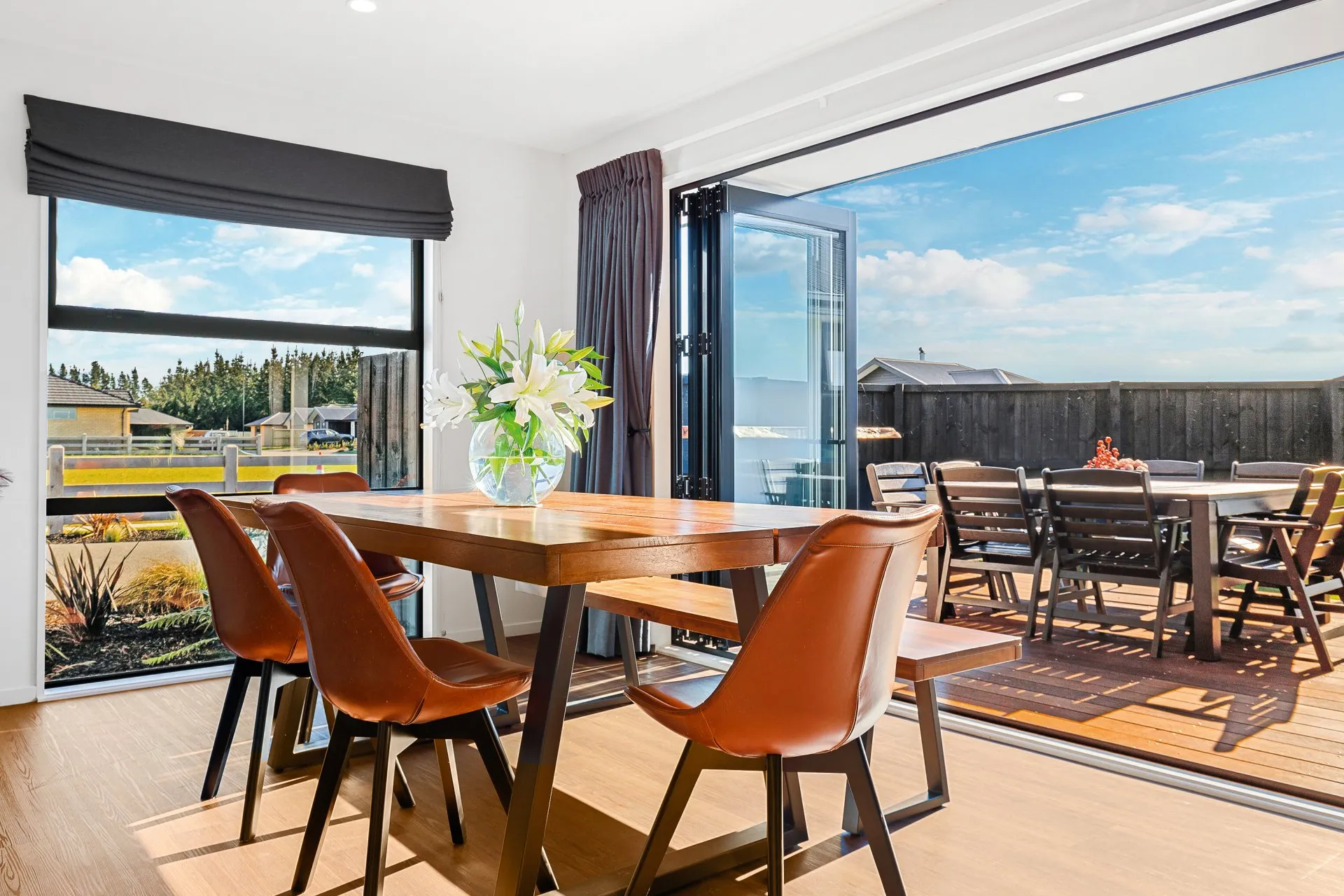Choosing the best cladding type for your New Zealand first home build
Choosing external cladding is a critical part of your new home build. From timber to EIFS, we take a look at the pros and cons of common New Zealand cladding types.
Choosing the right cladding for your new build
Choosing your exterior cladding is one of the most important decisions in the home building process. As well as making a huge difference to how your home looks, your cladding choice has an impact on your build cost, long-term maintenance requirements, and even your home insulation – so it’s important to get it right.
In this article we’ve outlined the main factors to consider when choosing cladding, plus an overview of some of New Zealand’s most popular cladding materials.
Main factors when choosing cladding
Lifetime cost
There’s more to cost-effective cladding than picking the cheapest option for your initial build. The amount of maintenance required varies significantly depending on the material you choose, and a low-maintenance option with a higher initial cost could end up saving you money in the long term.
Insulation rating
Think about a light summer jacket, versus a ski jacket – they’re both outer coverings, but they provide a very different degree of warmth. Your home’s cladding is the same, and different cladding types provide different levels of insulation. Check the insulation rating (R-value) of your cladding to make sure you’re choosing the right option.
Climate and weather
Your cladding’s performance will be impacted by the climate your house is in, so take the weather into account when making your choice. Natural timber is one example; it looks stunning when first built, but doesn’t hold up well after years under the harsh sun.
Structural integrity and design suitability
If your preferred cladding doesn’t have the right structural properties for the design you’ve chosen, we may not be able to use it to cover the whole house exterior. Don’t worry – we can work with you to incorporate a feature panel or element in your preferred style.
Timber
Great for…
A striking natural finish and high versatility.
Be aware of…
Regular maintenance requirements, and sensitivity to the elements.
Timber cladding is popular on modern Kiwi homes, and it’s not hard to see why! Timber is lightweight, beautiful and versatile enough to suit a modern or classic design. The natural wood grain adds interest, and it can be stained or painted in exactly the right shade for your colour palette.
As a natural material, timber requires a significant amount of ongoing maintenance; it degrades more quickly than most other cladding types, and needs regular re-staining or repainting to keep it weathertight and looking fresh. You can expect to repaint or re-stain your timber cladding every 7-10 years (potentially more frequently if you live in an area with harsh weather conditions that speed up the fading process).
Wood can also move and warp, which needs to be taken into account in your design. If you love the look of timber but need more durability, man-made weatherboards can be a good option. They provide a lot of the charm and classic look and feel of timber, but are more durable and budget-friendly.
Stone
Great for…
A premium finish that requires little ongoing maintenance.
Be aware of…
A high price tag.
Stones or stone panels are a visually stunning cladding choice, and give your home’s exterior an upmarket look and feel. Using locally sourced stone is also a beautiful way to celebrate New Zealand stonemasonry, and tie your home in with your natural environment.
However, stone comes with a hefty price tag; stone cladding (where pre-cut stone pieces are installed onsite) is cheaper than full thickness stone, but can still be out of budget range for many first home builders.
If you love the look of stone but it falls outside your budget, we can incorporate a stone feature into your design – like a pillar, fireplace or porch – that ties in nicely with your main cladding choice.
Artificial stone cladding has also come a long way in recent years, with some products now on the market that are almost indistinguishable from the real thing.
Metal
Great for…
Durable, cost-effective cladding with little on-going maintenance.
Be aware of…
Reduced insulation properties.
Metal cladding gives your home a sleek, modern look and feel. It’s also relatively low-maintenance – just needing a good wash each year – and will arrive in your chosen colour with no repainting required. It’s one of the most cost-effective cladding options when you consider lifetime cost.
The two most common types of metal cladding are aluminium, and steel. Steel, while generally the more expensive option, is highly durable – it can last up to 80 years, even in tough environmental conditions! Aluminium is easier to fit into your budget, but also more lightweight (weighing a third of what steel does) and therefore prone to being damaged in bad weather.
Metal doesn’t have the same insulating properties as most of the other options on this list, so if you’ve fallen in love with this style make sure you do your research into keeping your home at the right temperature.
Plaster and concrete
Great for…
A wide range of choices, and good insulation properties.
Be aware of…
Regular maintenance requirements.
Plaster cladding is versatile and has good insulation properties, but will require regular maintenance against cracks and chips, along with regularly scheduled checks to ensure it retains good weather-tightness.
Plaster cladding is a broad term which covers three main systems: EIFS (Exterior Insulated Finishing System, a composite rigid insulation board), traditional stucco finishes, and texture-coated fibre cement sheets. EIFS is particularly durable and energy-efficient, and can be incorporated into a range of designs and easily combined with other cladding types.
Plaster cladding does have an ‘elephant in the room’ – poorly installed monolithic cladding
was a cause of the leaky homes epidemic, which discourages some people from using it in
their new home. However when applied correctly and regularly checked for watertightness,
there are no additional risks to using plaster cladding.
Concrete is an increasingly popular option; while your parents wouldn’t have dreamt of a
concrete-clad home, there are a surprising amount of attractive, modern options! Concrete
offers excellent insulation properties and some truly unique finishes (think textured, polished, or sandblasted), and is often featured in modern architectural homes. It’s also low-maintenance, durable, and largely weather-resistant.
Brick
Great for…
A reliable option that ages beautifully and requires little maintenance.
But be aware of…
Limited colour choices and a slightly higher initial cost.
The ‘old faithful’ of home cladding, brick has been used for centuries and is one of the most reliable cladding materials on the market.
As well as being durable and having good insulation properties, it’s fire-resistant and has a low rate of moisture absorption – so your home stays warm and dry.
Brick does have a higher upfront cost than some other options, but ages beautifully and requires little maintenance over the years.
Combination Cladding
Don’t feel limited to just one cladding choice – while we wouldn’t recommend using every different type of cladding at once, combining two or three different materials adds an interesting design element to your home.
Combining different materials is also a great option if you love the look of a certain cladding style, but it doesn’t fit with your budget or build requirements. We can work with you to add a feature to your home, like stone entranceway pillars or a cedar feature panel.
During the design and build process our team will provide guidance on the best cladding choice for your new home. Every build is different, and we’re here to help you get it right!


